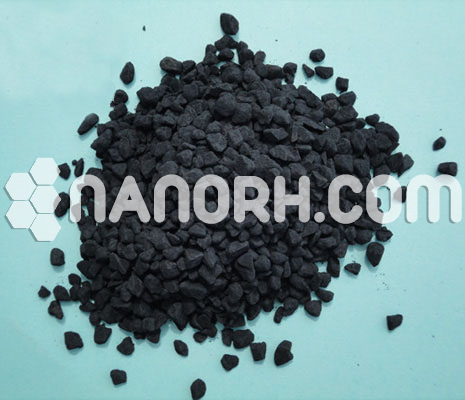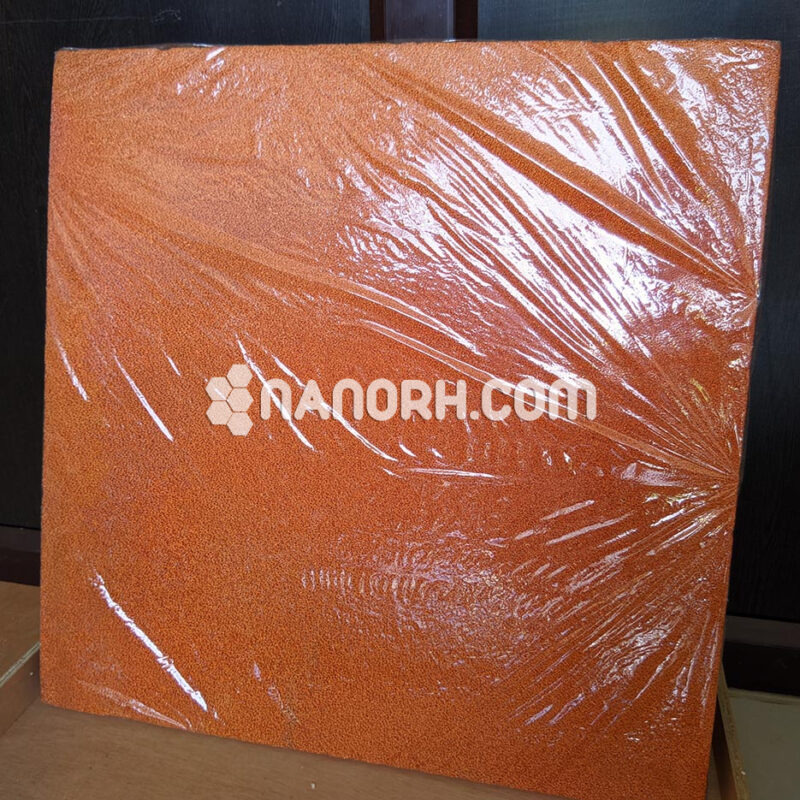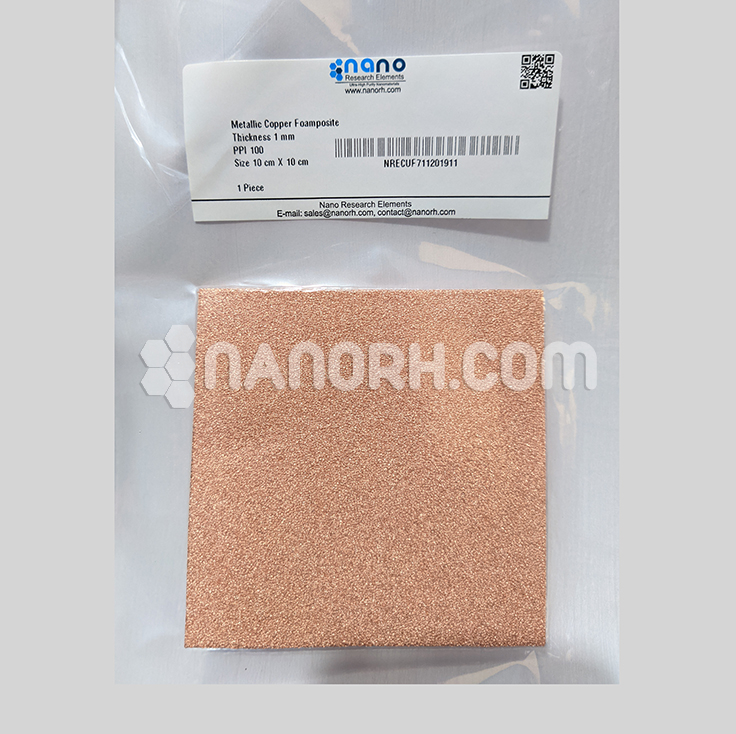| Niobium Oxide Pellets | |
| Product No | NRE-52067 |
| CAS No. | 1313-96-8 |
| Formula | Nb2O5 |
| Molecular Weight | 265.81 g/mol |
| Purity | 99.9% |
| Density | 4.47 g/cm3 |
| Melting Point | 1512 °C |
| Boiling Point | NA |
| Shape | Pellet |
| Electrical Resistivity | NA |
| Electronegativity | NA |
Niobium Oxide Pellets
Niobium oxide pellets (Nb2O5\text{Nb}_2\text{O}_5Nb2O5) are small, solid forms of niobium oxide that have several important applications in various industrial and technological fields due to their unique properties.
Electroceramics and Capacitors
Application: Niobium oxide pellets are used in the manufacture of electroceramics, including capacitors and high-k dielectric materials.
Benefit: Provides high dielectric constant and stability, making them suitable for miniaturized capacitors with high performance.
Catalysts and Catalytic Supports
Application: Utilized as catalysts or catalyst supports in chemical reactions, including petrochemical and environmental applications.
Benefit: Enhances reaction rates and efficiency due to its catalytic properties, and supports other catalysts by providing a stable and active surface.
Glass and Ceramics
Application: Incorporated into glass and ceramic materials to improve properties such as refractive index, thermal stability, and chemical resistance.
Benefit: Improves the performance and durability of glass and ceramic products used in various industrial and consumer applications.
Superconductors
Application: Used in the production of superconducting materials and devices, including superconducting magnets and components.
Benefit: Contributes to the superconducting properties of materials, which are essential for high-performance magnetic applications.
Optical Coatings
Application: Employed in optical coatings and thin films for applications such as lenses, mirrors, and filters.
Benefit: Provides desired optical properties such as high refractive index and low absorption, enhancing the performance of optical systems.
High-Temperature Applications
Application: Used in high-temperature applications including aerospace and industrial.
Benefit: Offers stability and resistance to high temperatures, making it suitable for components exposed to extreme conditions.
Battery Technologies
Application: Incorporated into advanced battery technologies as an additive or component in electrode materials.
Benefit: Enhances the electrochemical properties of batteries, contributing to higher energy density and performance.




